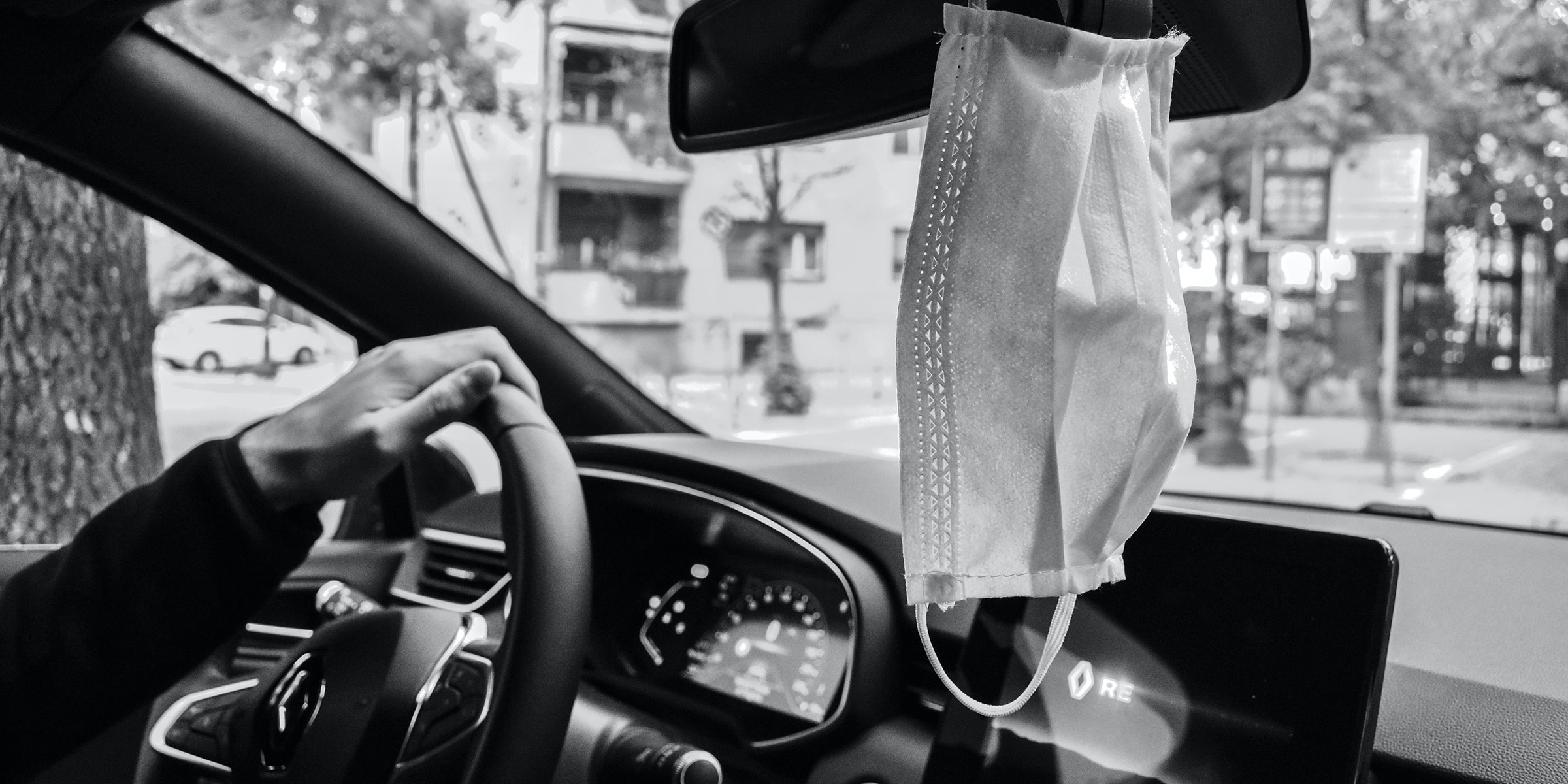Fatal crashes, risky driving on the rise during pandemic, study shows
November 18, 2020 | Article by Chain | Cohn | Clark staff | Tips & Information Social Share

One would think that during this pandemic, driving would be much safer due to fewer people being on our roadways. However, research is showing that drivers are exhibiting riskier behavior while driving, put everyone else at risk.
Roads in the United States are noticeably more dangerous in the COVID era than they were before, according to a recent report by the National Highway Traffic Safety Administration.
It states that while fewer cars are on the road during coronavirus shutdowns, more people are speeding, in part because police stopped enforcing as many traffic stops to minimize the spread of the coronavirus. Also, seatbelt use has gone down, and more people have died in crashes with alcohol or other drugs in their system, according to an analysis of trauma centers.
Here are more findings form the recent National Highway Traffic Safety Administration report:
- Fatality rates increased 30% in the second quarter, reversing a three-year downward trend in road fatalities.
- The fatality rate during the second quarter of the year was 1.42 fatalities per 100 million vehicle miles traveled, sharply higher than the first quarter rate of 1.10, which was in line with historical trends.
- The study revealed a higher prevalence of alcohol, cannabinoids, and opioids in crash victims during the quarter compared to the months prior to the pandemic.
Research suggests that increased stress, more idle time, increased consumption of drugs and alcohol and greater opportunities for speeding and stunt driving would lead to more accidents rather than less, according to U.S. National Library of Medicine.
“These are troubling reports. Now more than ever, we should be watching ourselves for safe driving practices and encouraging others to do the same,” said David Cohn, managing partner and attorney at Chain | Cohn | Clark. “More open roads are no excuse for speeding. Risky driving not only endangers your own life, but also the lives of others.”
In more positive news, the second quarter of 2020, during the height of the COVID-19 public health emergency, showed a continued decline in overall traffic fatalities, the NHTSA studies found.
UPDATE (AUGUST 2021): The situation has become bad enough to warrant an open letter to American drivers from the National Highway Traffic Safety Administration, which noted a median 22% increase in speeds in several metropolitan areas, and other disturbing trends such as dramatically decreased seatbelt use.
———
Chain | Cohn | Clark reminds drivers to please slow down, never drive while under the influence, and always wear seat belts. And if you are involved in a car accident, follow these three steps:
1) Obtain the name, address, insurance information, vehicle identification number (VIN) and driver’s license number of any and all persons involved in the accident, as well as the names, addresses, and telephone numbers of all witnesses.
2) Make sure that a report is filed with the police, sheriff, or highway patrol, but do not talk to anyone else, especially insurance adjusters, about the accident or sign anything without first consulting an attorney.
3) Seek medical attention immediately and explain to your physician or surgeon all of the symptoms and complaints you have been feeling since the accident occurred.
———
